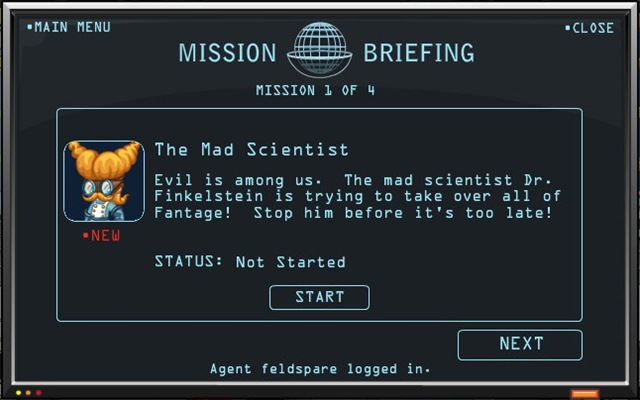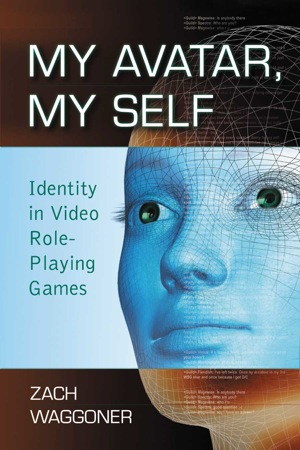 Australian educators Judy O’Connell and Dean Groom have collaborated on a tidy tome called Virtual Worlds – Learning in a Changing World. Aimed squarely at educators who haven’t had any extensive experience with virtual worlds, it provides a concise overview of the current state of play, its implications for educators, and a comprehensive set of links for people that want to explore further. It’s a virtual worlds primer for a cohort of professionals who dually need the most insight into the area and who are likely to drive the substantive momentum in the field in coming years. In that aim, this book achieves what it needs to in a way that a lot of other publications in the field could do well to emulate.
Australian educators Judy O’Connell and Dean Groom have collaborated on a tidy tome called Virtual Worlds – Learning in a Changing World. Aimed squarely at educators who haven’t had any extensive experience with virtual worlds, it provides a concise overview of the current state of play, its implications for educators, and a comprehensive set of links for people that want to explore further. It’s a virtual worlds primer for a cohort of professionals who dually need the most insight into the area and who are likely to drive the substantive momentum in the field in coming years. In that aim, this book achieves what it needs to in a way that a lot of other publications in the field could do well to emulate.
You can purchase the book for AU$19.95 from the ACER website. Or – fill in our reader survey and if your name is drawn we’ll send you a copy as your prize – just specify that’s the prize you want in the appropriate section of the survey.





 Australian author Clifford Wycliffe’s new novel, Dark Siren, has an undeniably provocative cover. Coupled with quotes from Lord Byron and David Vaile, the Executive Director of the Cyberspace Law and Policy Centre at UNSW Sydney, Australia, I approached this virtual world novel with some trepidation.
Australian author Clifford Wycliffe’s new novel, Dark Siren, has an undeniably provocative cover. Coupled with quotes from Lord Byron and David Vaile, the Executive Director of the Cyberspace Law and Policy Centre at UNSW Sydney, Australia, I approached this virtual world novel with some trepidation.
Recent Comments